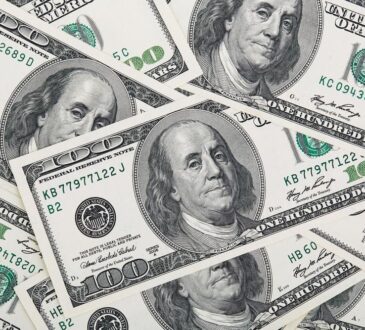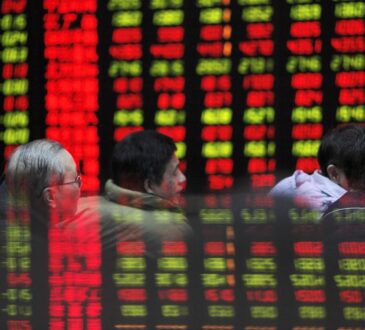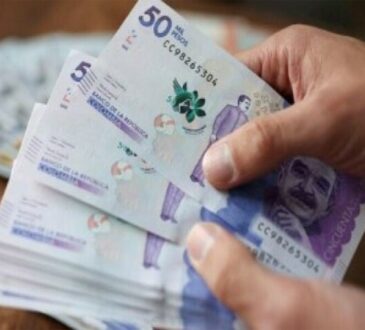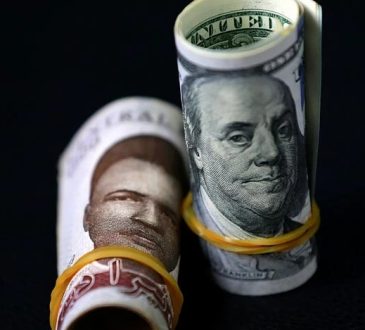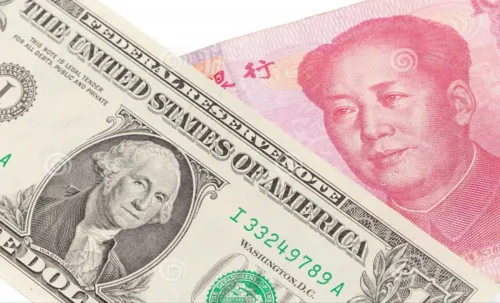
During the second year of his third presidential term, President Luiz Inácio Lula da Silva (Workers’ Party) is facing clashes in the economic sector due to the overvaluation of the dollar against the real, Brazil’s currency.
The fluctuations of the US currency impact the economies of the countries of the southern hemisphere, strengthening the capitalist way of ruling, which is based on self-interest. This drives the need for agendas aimed at “creating a new international currency, which is like a combination of other currencies, thus generating a common denominator,” as João Pedro Stédile, economist and leader of the Landless Rural Workers’ Movement (MST, in Portuguese), highlights.
The statement was made on last week’s episode of the podcast Três por Quatro, produced by Brasil de Fato, which discussed the offensive against the Lula government’s economic agenda by the financial market and the media outlets covering it. The episode’s guest was economist Juliane Furno, a professor at the State University of Rio de Janeiro (UERJ, in Portuguese). The podcast is hosted by journalists Nara Lacerda and Igor Carvalho.
According to Furno, for an economically healthy and less unfair future, a “new world starts by de-dollarizing.” For her, “guidelines for thinking about new international monetary systems that run away from the straitjacket that the dollar has been” need to gain support, especially from Global South countries, which are the most affected by changes in the U.S. currency and financial speculation.
This new system cannot be centralized in just one country, says Stedile, “so as not to repeat the tragedy of the dollar” which, because of being a global currency, gives the U.S. not only financial but also social power.
“We should pay more attention to the debate taking place among BRICS members. We are building a new international currency. Since the Second World War, the dollar has been an instrument of exploitation used by the United States against workers from the Global South. […] The dollar is a piece of paper painted green. It doesn’t express any commitment to anything – and it’s the United States that paints it,” said Stedile.
In 2024, the US currency rose by 1.11% and exceeded BRL 5.70, the highest value recorded since January 2022, when Brazil and other countries were still dealing with the consequences of the COVID-19 pandemic. As president of the Central Bank since February 2019, Roberto Campos Neto, appointed by former president Jair Bolsonaro (Liberal Party), has been openly debating with President Lula about the supposed economic problems the country is facing during his term.
Speculation
Brazil’s Central Bank forecast is a 2.3% rise in GDP at the end of this year. Inflation in the first half of the year fell when compared to the first six months of 2023: from 3.16% to 2.52%. Finally, in addition to the market heating up, the unemployment rate of 7.1% recorded in the quarter ending in May is the lowest in the last decade. Therefore, with market pressure for public spending cuts, “we are living in a somewhat schizophrenic situation,” as Stedile points out.
“Nothing, absolutely nothing, points to a lack of control over the main macroeconomic variables. It’s clear that market agents and their representatives are doing their homework,” agrees Juliane Furno.
The economist also points out that market players use this discourse to put political pressure on the government. However, they don’t do this through a clear demonstration of their interests, but use “a technical veneer, which is through market behavior.”
“They say that Brazil is on the brink of the precipice, heavily indebted, at risk of going bankrupt, and that the public accounts are insolvent. Through this terrorism that is part of the political game, regardless of which government wins the elections, the interests of the banks will continue to be represented,” he warns.
For Stedile, this is a “manipulation of public opinion”, since economic indicators do not show a serious situation in Brazil. He reinforces that the bourgeoisie benefits from this situation, diverting people’s attention and the media from important issues, keeping the roots of national public debts as a “black box”.
Debt vs GDP
Juliane Furno explains that the increase in public spending – the main argument of the financial market’s critics – should not be seen as alarming, since applying public revenue back into society is basically an investment in the country itself. She stresses that the increase in GDP and the improvement in people’s lives can have a positive impact on the national scenario, even if, at the beginning, this means an increase in public spending, given the need and importance of creating and maintaining social initiatives.
The economist points out that assessing the country’s debt should take into account Gross Domestic Product (GDP).
“Suppose the [public] debt is BRL 1 trillion (approximately US$ 182,4 billion). If you cut spending, it doesn’t mean it will be reduced from 80% of GDP to 75%. It could increase [if considering GDP],” she explains. “So let’s say you reduced [the debt] from BRL 1 trillion to BRL 1 billion (approximately US$ 178,8 million), and the debt that was 80% is now 90% of GDP. You can increase the debt from BRL 1 trillion to BRL 1.5 trillion (US$ 273,6 billion). What matters is GDP. So, if you raise public debt to finance public policies that distribute income and thus increase GDP, what used to represent 80% now represents 70%,” she added.
In this way, the professor and economist reinforces how Brazil “can increase public spending, and the real size of the public debt, and decrease it in terms proportional to GDP […] if we distribute income and grow GDP, we don’t need to worry about debt.”
“Market, is that what you want, a fiscal balance? We can deliver that by increasing revenue. Let’s tax the super-rich and do a tax reform so that you pay more bills. That way, we’ll have fiscal balance,” the economist argues.
Furno stresses that keeping social policies is good for the national economy, even if it means increasing public spending.
“In the [first] Lula government, even though public spending grew by 6% or 7% annually, the debt inherited from Fernando Henrique Cardoso at 80% of GDP was handed over by Dilma Rousseff to Temer at 30%,” she recalls.
She mentions how the country’s economic and fiscal crisis deepened after Lula’s terms in office and the coup against former President Rousseff (Workers’ Party) in her second term. “To get out of the crisis, we need fiscal balance. So let’s cut spending. What has happened since 2015? We cut spending and got deeper into the economic and fiscal crisis,” she explains. “History is on our side.”
New episodes of Três por Quatro are released every Friday morning, discussing the main events and political situation in the country and the world.
Edited by: Nicolau Soares


